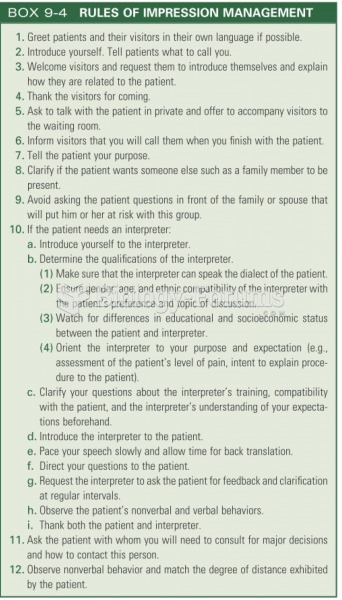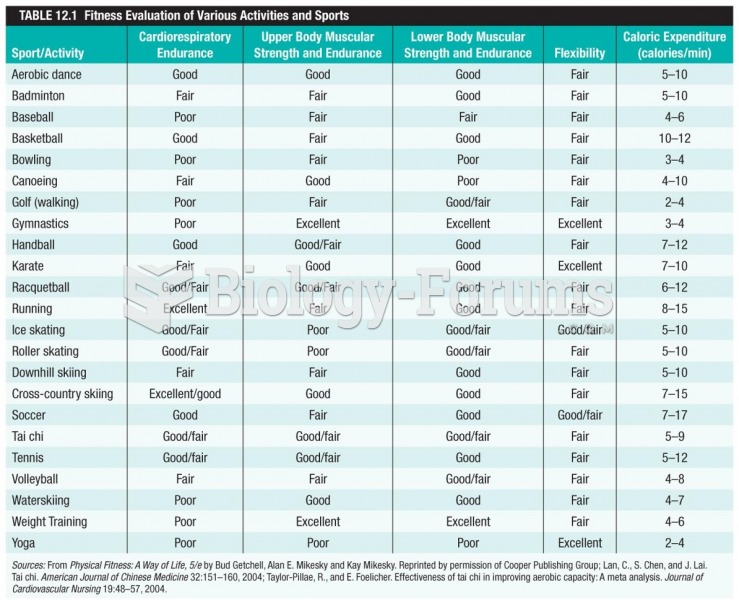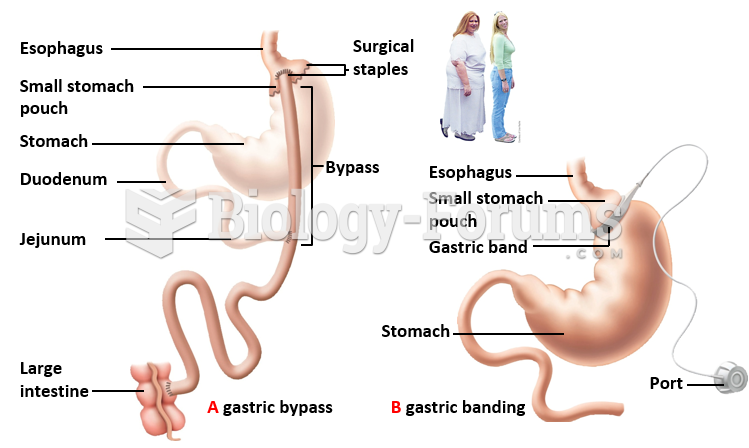Answer to Question 1
The answer should include any (or all) of the following:
In the event the clinician reviews all fourteen-organ systems during the review of systems, and the patient denies any sign or symptom for a portion of the review of systems, one single phrase may reflect the asymptomatic nature of this review.
This phrase abbreviates the amount of documentation required to reflect the in-depth nature of this review of systems interview.
The other phrases that could also reflect an asymptomatic review of systems are:
Remainder of review of systems is unremarkable,
Remainder of ROS is negative in detail,
Or another variation that closely equates in meaning.
Answer to Question 2
The answer should include any (or all) of the following:
The ROS may be collected or gathered in a personal interview between the patient and a member of the clinical staff, such as an RN, MA, or LPN.
The ROS may also be collected by asking the patient to complete a pre-printed questionnaire that elicits answers to the overall state of the patient's experience of health prior to the visit.
These methods of collecting the ROS provide an opportunity for an inventory of organ systems to be supplied for the patient, allowing the patient to identify any symptoms or signs they might have otherwise overlooked.
The HPI and ROS address very different, but complimentary aspects of the patient's health:
The ROS does not specifically deal with the chief complaint, but with the patient's experience of health prior to the onset of the CC, so the answers provided by the patient are not specifically informative about the nature of the CC.
Contrarily, the HPI deals specifically with the patient's experience of the CC, therefore the answers provided by the patient can specifically inform the physician about the nature of the CC.







